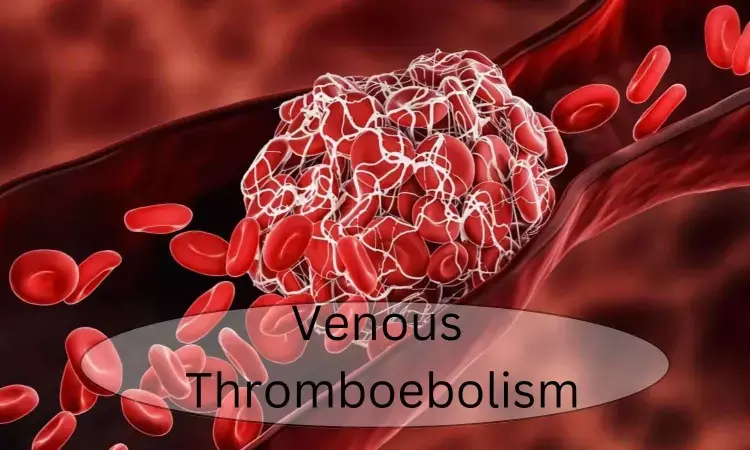- Home
- Medical news & Guidelines
- Anesthesiology
- Cardiology and CTVS
- Critical Care
- Dentistry
- Dermatology
- Diabetes and Endocrinology
- ENT
- Gastroenterology
- Medicine
- Nephrology
- Neurology
- Obstretics-Gynaecology
- Oncology
- Ophthalmology
- Orthopaedics
- Pediatrics-Neonatology
- Psychiatry
- Pulmonology
- Radiology
- Surgery
- Urology
- Laboratory Medicine
- Diet
- Nursing
- Paramedical
- Physiotherapy
- Health news
- Fact Check
- Bone Health Fact Check
- Brain Health Fact Check
- Cancer Related Fact Check
- Child Care Fact Check
- Dental and oral health fact check
- Diabetes and metabolic health fact check
- Diet and Nutrition Fact Check
- Eye and ENT Care Fact Check
- Fitness fact check
- Gut health fact check
- Heart health fact check
- Kidney health fact check
- Medical education fact check
- Men's health fact check
- Respiratory fact check
- Skin and hair care fact check
- Vaccine and Immunization fact check
- Women's health fact check
- AYUSH
- State News
- Andaman and Nicobar Islands
- Andhra Pradesh
- Arunachal Pradesh
- Assam
- Bihar
- Chandigarh
- Chattisgarh
- Dadra and Nagar Haveli
- Daman and Diu
- Delhi
- Goa
- Gujarat
- Haryana
- Himachal Pradesh
- Jammu & Kashmir
- Jharkhand
- Karnataka
- Kerala
- Ladakh
- Lakshadweep
- Madhya Pradesh
- Maharashtra
- Manipur
- Meghalaya
- Mizoram
- Nagaland
- Odisha
- Puducherry
- Punjab
- Rajasthan
- Sikkim
- Tamil Nadu
- Telangana
- Tripura
- Uttar Pradesh
- Uttrakhand
- West Bengal
- Medical Education
- Industry
Study Finds Higher Bleeding Risk in VTE Patients on DOACs During Initial Treatment, Stabilizes Over Time

Sweden: A recent study published in the Journal of Internal Medicine has highlighted an elevated risk of bleeding in patients with venous thromboembolism (VTE) undergoing treatment with direct oral anticoagulants (DOACs), particularly during the initial phase of therapy.
The analysis of over 36,000 patients found that individuals with VTE on direct oral anticoagulants had a higher risk of major bleeding within the first six months of treatment (1.07% versus 0.29% in controls), with the highest risk observed in women and older adults. After six months, the bleeding risk decreased and remained stable, showing no significant variation across age and sex.
Venous thromboembolism, including deep vein thrombosis and pulmonary embolism, is commonly treated with DOACs due to their effectiveness and ease of use compared to traditional anticoagulants. However, the risk of major bleeding is influenced not only by the treatment itself but also by the patient's underlying risk factors, which are often overlooked.
Against the above background, Katarina Glise Sandblad, University of Gothenburg, Gothenburg, Sweden, and colleagues aimed to assess the excess bleeding risk in VTE patients during initial (0–6 months) and extended (6 months–5 years) treatment, compared to matched population controls without VTE or anticoagulant use, with analysis based on overall population, sex, and age groups.
For this purpose, the researchers identified cancer-free patients with VTE who received direct oral anticoagulants between 2014 and 2020, along with propensity score–matched controls, using nationwide Swedish registers. The excess risk of major bleeding was evaluated by calculating the incidence rate difference (IRD), which was determined by subtracting the bleeding rate in the control group from that in the VTE cases.
The key findings of the study were as follows:
- The study included 36,115 VTE cases and an equal number of matched controls.
- During the initial treatment phase, bleeding occurred in 388 VTE cases (1.07%) and 103 controls (0.29%), with an incidence rate difference (IRD) of 2.19 per 100 person-years.
- After rematching at six months, bleeding was reported in 139 cases (0.70%) and 214 controls (1.08%), with an IRD of 0.70.
- Females had a higher excess bleeding risk than males during the initial treatment, with an IRD of 2.69 compared to 1.73 in males.
- There was the highest excess bleeding risk in the oldest patient group during initial treatment.
- In the extended treatment phase, excess bleeding risk was not influenced by sex, with an IRD of 0.60 in males and 0.81 in females.
- Unlike the initial phase, bleeding risk during extended treatment did not increase with age.
The study found that the excess risk of bleeding from DOACs was highest during the initial treatment phase. However, for patients who did not experience bleeding in this period, the risk during extended treatment remained low.
"Females had a greater excess bleeding risk than males during the initial phase, but this difference was not observed in extended treatment. Similarly, the oldest patients faced a high bleeding risk early in treatment, but for those who tolerated the initial phase without bleeding, continuing anticoagulation did not pose a significant additional risk," the researchers wrote.
Reference:
Sandblad, K. G., Rosengren, A., Schulman, S., Roupe, M., Sandström, T. Z., Philipson, J., Svennerholm, K., & Tavoly, M. Excess risk of bleeding in patients with venous thromboembolism on direct oral anticoagulants during initial and extended treatment versus population controls. Journal of Internal Medicine. https://doi.org/10.1111/joim.20067
Dr Kamal Kant Kohli-MBBS, DTCD- a chest specialist with more than 30 years of practice and a flair for writing clinical articles, Dr Kamal Kant Kohli joined Medical Dialogues as a Chief Editor of Medical News. Besides writing articles, as an editor, he proofreads and verifies all the medical content published on Medical Dialogues including those coming from journals, studies,medical conferences,guidelines etc. Email: drkohli@medicaldialogues.in. Contact no. 011-43720751


